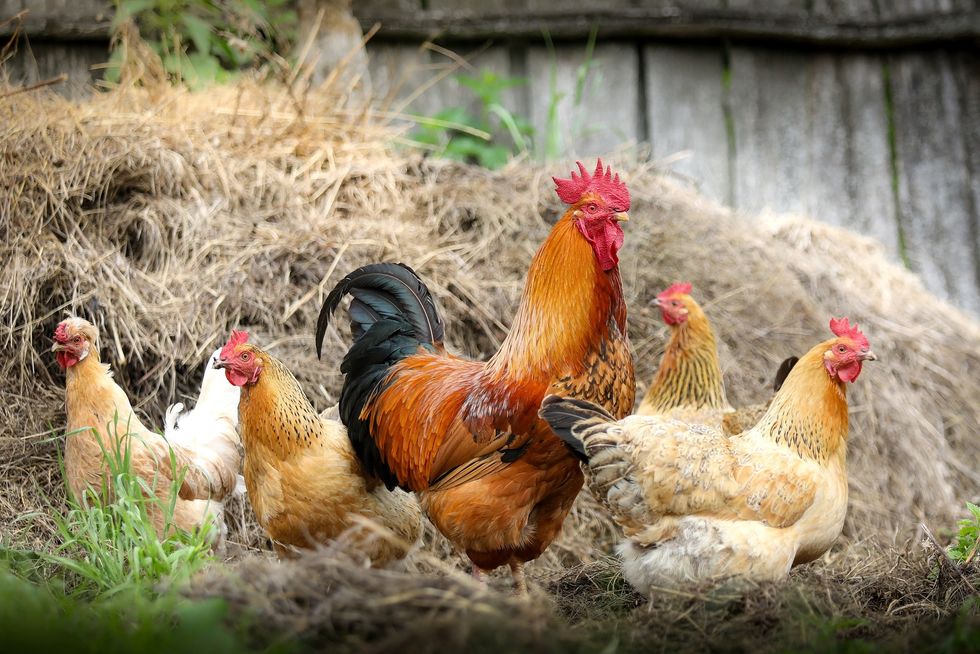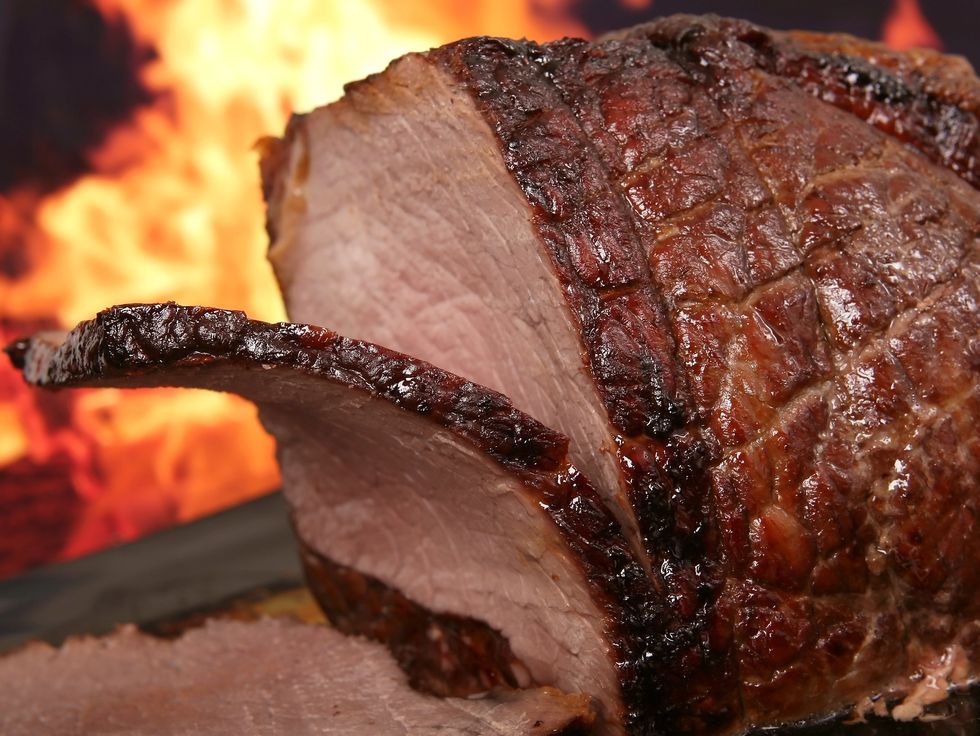Every year, humans eat 70 billion animals around the globe, and 9 billion of them are killed in the U.S.
According to a recent article in The Guardian, the most significant way to lower your impact on the environment is cut out meat and dairy from your diet: “The new analysis shows that while meat and dairy provide just 18% of calories and 37% of protein, it uses the vast majority – 83% – of farmland and produces 60% of agriculture’s greenhouse gas emissions.”
This presents environmentally-conscious animal eaters with a stark choice: Give up eating animals, or give up on your beliefs. But there is a middle ground, which involves choosing options that have, if not a zero-impact, perhaps a lower one. Here is a list of choices, going from best to worst.
Chicken

For those who aren’t ready to give up meat but want a more environmentally-friendly option, switching to chicken is one of the best choices. Slate explains that chickens produce a much lower amount of carbon dioxide than cows. Cows generate about four times more greenhouse gases than chickens. In addition, chickens only create two to four pounds of manure per pound of weight, which is less than the 35 to 65 pounds cows make per pound of beef, according to Slate. Experts recommend looking for free-range chickens raised without antibiotics.
Pork

Pork is a better environmental choice than beef because pigs produce about 50% less carbon dioxide than cows, according to the BBC. Pigs are also omnivores (they’ll eat anything), and this is better for the environment than cows that require grass or grains. A hog can help reduce food waste by consuming vegetable scraps and other food that would have been discarded. Another positive is that pigs need less feed overall compared to cows.
Mussels

Technically, mussels aren’t meat because they’re categorized as seafood. However, they’re an option for people who don’t want to go vegan and still want a good source of protein. The BBC explains that mussels capture carbon dioxide, so they’re an environmentally responsible alternative and a better choice than farm-raised fish. They don’t need to eat other food sources to grow because they filter nutrients from the water, so their impact is lower. Moreover, they don’t contribute to pollution.
Meat-Buying Tips
Shoppers who are worried about the environmental impact of their meat purchases should consider the following tips. First, try to reduce the number of days per week that you eat meat. You can switch to meatless Mondays or make the weekends meat-free. Another option is to use meat alternatives like tofu more often when you cook. Look for free-range and organic meat products. Some other label names to watch for include cage-free or barn-roaming.
There are meat options that are more environmentally-friendly. Consider making chicken, pork, and mussels more frequently for dinner.
- Can meat actually be eco-friendly? | Grist ›
- Environmentally friendly cattle production (really) ›
- Can the meat industry become environmentally friendly? ›
- The Most Environmentally Friendly (and Healthy) Meats | Food | US … ›
- What Is the Most Environmentally Friendly Meat? ›
- Eating Meat With the Lowest Impact on the Environment ›
- Is a vegetarian diet really more environmentally friendly than eating … ›
- Which meat harms our planet the least? ›
- Avoiding meat and dairy is ‘single biggest way’ to reduce your … ›
- Eating Less Meat: A Healthy and Environmentally Responsible … ›
- What’s the Most Sustainable Meat? | Healthyish | Bon Appetit ›
- Can eating meat be eco-friendly? – BBC News ›





